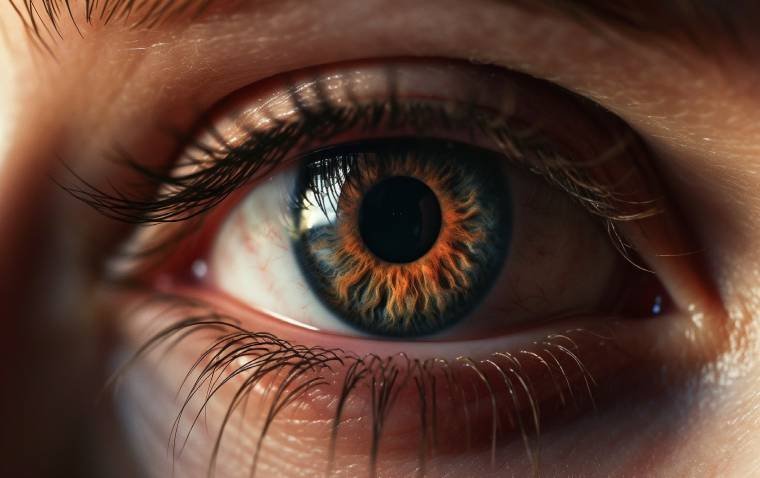A groundbreaking study led by researchers at the UCL Institute of Ophthalmology has identified a key protein that plays a critical role in the early development of diabetic retinopathy, a leading cause of vision loss among working-age adults. The discovery of this early molecular trigger could pave the way for preventative treatments that protect vision before irreversible damage occurs.
LRG1: A Newly Identified Driver of Early Retinal Damage
Published in Science Translational Medicine, the study reveals that the protein LRG1 is a primary initiator of the earliest stages of retinal damage following the onset of diabetes. In mouse models, researchers observed that LRG1 causes cells that surround the retina’s smallest blood vessels to constrict excessively. This “squeezing” effect restricts oxygen supply to the retina, initiating a cascade of damage that sets the stage for long-term visual impairment.
Crucially, when researchers blocked LRG1 activity in diabetic mice, they were able to prevent early retinal damage and preserve healthy eye function, a result that could mark a significant shift in how diabetic retinopathy is treated.
A Shift from Late-Stage Management to Early Intervention
Dr. Giulia De Rossi, lead author of the study, emphasized the implications of this discovery:
“Our discovery shows that diabetic eye disease starts earlier than we thought, and LRG1 is a key culprit in this early damage. Targeting this protein could give us a way to protect vision before serious damage occurs and prevent, rather than treat, blindness in millions of people living with diabetes.”
Diabetic retinopathy affects individuals with both type 1 and type 2 diabetes. Current treatments generally begin only after symptoms, such as blurred or distorted vision, are already present. At that point, irreversible damage often occurred. Existing therapies primarily target VEGF, a protein that appears later in the disease process, and offer limited benefits to about 50% of patients, with minimal impact on reversing established harm.
In contrast, LRG1 appears much earlier in disease progression, making it a promising new therapeutic target for early intervention.
A New Therapeutic Candidate Targeting LRG1
The UCL research team has already developed a therapeutic drug targeting LRG1, which has shown success in pre-clinical models. This treatment is now undergoing further pre-clinical studies and may soon progress to human clinical trials. The potential therapy is designed not only to prevent the onset of diabetic retinopathy but also to treat later-stage disease, as LRG1 continues to contribute to disease progression even in advanced cases.
Professor John Greenwood, co-author and expert in LRG1 biology at UCL, remarked:
“This study delivers vital insight into the disease and shows that therapeutic targeting of LRG1 has real clinical potential. The discovery that LRG1 is an early initiating factor driving diabetic retinopathy is enormously exciting.”
Professor Emeritus Stephen Moss added:
“The good news to accompany these findings is that we have already developed an LRG1 therapeutic ready for clinical trials. This could provide an effective new option for patients, especially those in the early stages of disease who don’t respond to existing treatments.”
Reference:
Giulia De Rossi et al, Leucine-rich α-2-glycoprotein 1 initiates the onset of diabetic retinopathy in mice, Science Translational Medicine (2025). DOI: 10.1126/scitranslmed.adn6047
Images are for reference only.Images and contents gathered automatic from google or 3rd party sources.All rights on the images and contents are with their legal original owners.

